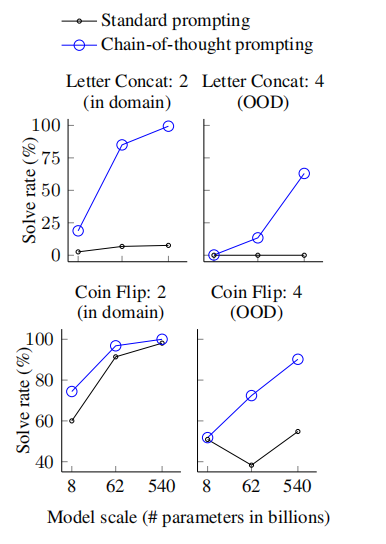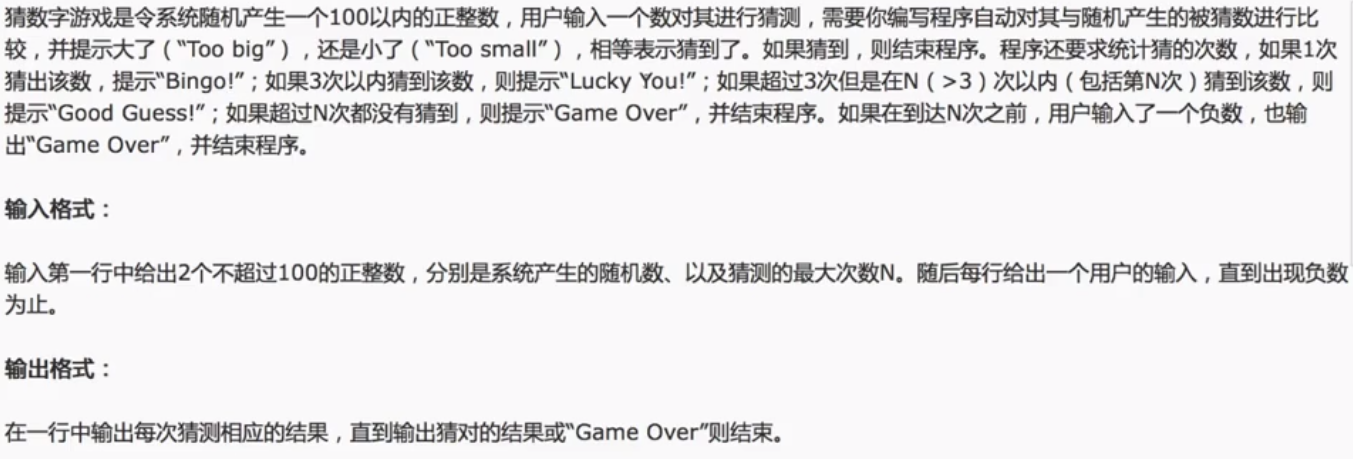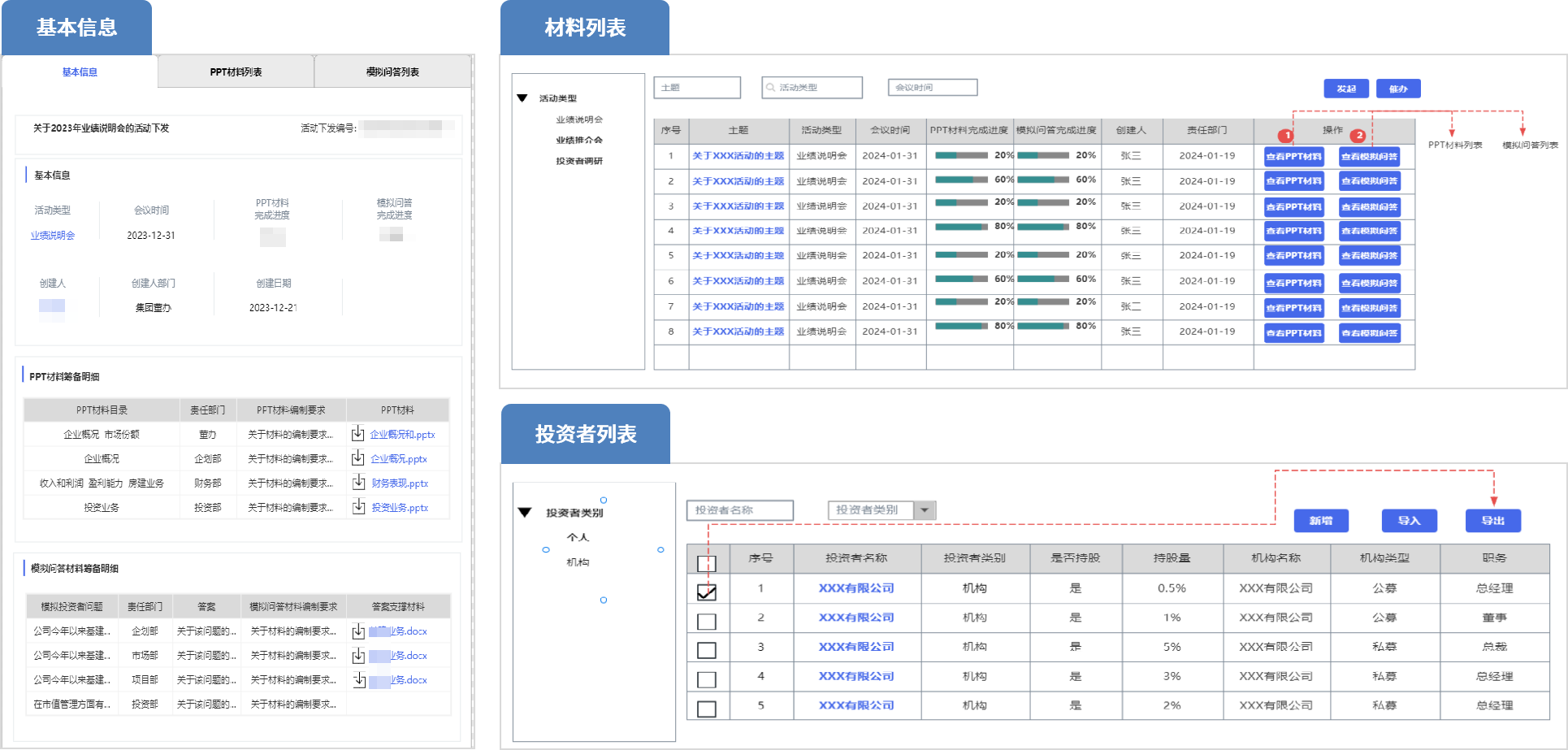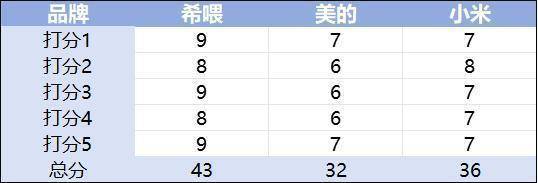背景
Java中的异常体系基于几个关键的概念和类,主要包括Throwable类、Exception类(及其子类)和Error类。
异常分类

1. Throwable 类
Throwable是所有错误与异常的超类。- 它有两个直接子类:
Error和Exception。
2. Error 类
Error类及其子类表示的是JVM(Java虚拟机)运行时的内部错误和资源耗尽等严重情况。- 这些错误通常是Java运行时环境自身的问题,而不是程序可以控制的。
- 常见的
Error子类包括OutOfMemoryError(内存溢出错误)、StackOverflowError(栈溢出错误)等。 - 一般情况下,程序不需要捕获或处理
Error。
3. Exception 类
Exception类及其子类表示的是程序运行时发生的可以被捕获或需要被程序处理的异常情况。Exception类分为两大类:Checked Exceptions(受检异常)和Unchecked Exceptions(非受检异常,也称为运行时异常)。
3.1 Checked Exceptions(受检异常)
- 编译时异常,必须在方法签名中声明,调用者必须处理或继续声明抛出。
- 常见的受检异常包括
IOException、SQLException等。 - 这类异常通常是由于外部错误导致的,如文件不存在、网络问题等。
3.2 Unchecked Exceptions(非受检异常/运行时异常)
- 运行时异常,不需要在方法签名中声明,编译器也不会检查。
- 常见的运行时异常包括
NullPointerException(空指针异常)、ArrayIndexOutOfBoundsException(数组越界异常)、ClassCastException(类型转换异常)等。 - 这类异常通常是由于程序逻辑错误导致的。
异常处理
Java提供了try-catch-finally-throw-throws五个关键字来处理异常。
try块:用于包裹可能发生异常的代码。catch块:用于捕获并处理try块中抛出的异常。finally块:无论是否发生异常,finally块中的代码都会被执行(除非JVM退出)。throw关键字:用于显式地抛出异常。throws关键字:用于在方法签名中声明该方法可能抛出的异常,让调用者知道需要处理这些异常。
try catch
public class StudentTest {
public static void main(String[] args) {
try {
Student s = new Student();
//数据非法,需要处理异常对象
//调用此方法进入到catch代码块中
s.regist(-1001);
} catch (Exception e) {
//控制台输出:您输入的数据非法
System.out.println(e.getMessage());
}
}
}
throw
class Student{
private int id;
public void regist(int id) throws Exception {
if (id > 0){
this.id = id;
}else {
//手动抛出异常对象
throw new Exception("您输入的数据非法!");
}
}
}
1234567891011121314151617181920212223242526
throws
public static void method1() throws IOException {
File file = new File("hello.txt"); //文件找不到,会报异常
FileInputStream fis = new FileInputStream(file);
int data = fis.read();//异常
while (data != -1){
System.out.println((char)data);
data = fis.read(); //异常
}
fis.close();//异常
}
自定义异常类
开发者可以通过继承Exception类或其子类来创建自定义异常,以表示程序中特有的错误情况
- 自定义类继承于现有的异常类结构:RuntimeException、Exception
- 提供全局常量:serialVersionUID 序列版本号,用于标识类
- 提供重载的构造器
//自定义异常类
public class MyException extends RuntimeException{
static final long serialVersionUID = -7034897190745766939L;
public MyException() {
}
public MyException(String msg) {
super(msg);
}
}
//学生类
class Student{
private int id;
public void regist(int id){
if (id > 0){
this.id = id;
}else {
throw new MyException("不能输入负数");
}
}
}
//测试类
class Test{
public static void main(String[] args) {
try {
Student s = new Student();
s.regist(-1001);
} catch (Exception e) {
System.out.println(e.getMessage());
}
}
}
12345678910111213141516171819202122232425262728293031323334353637

















